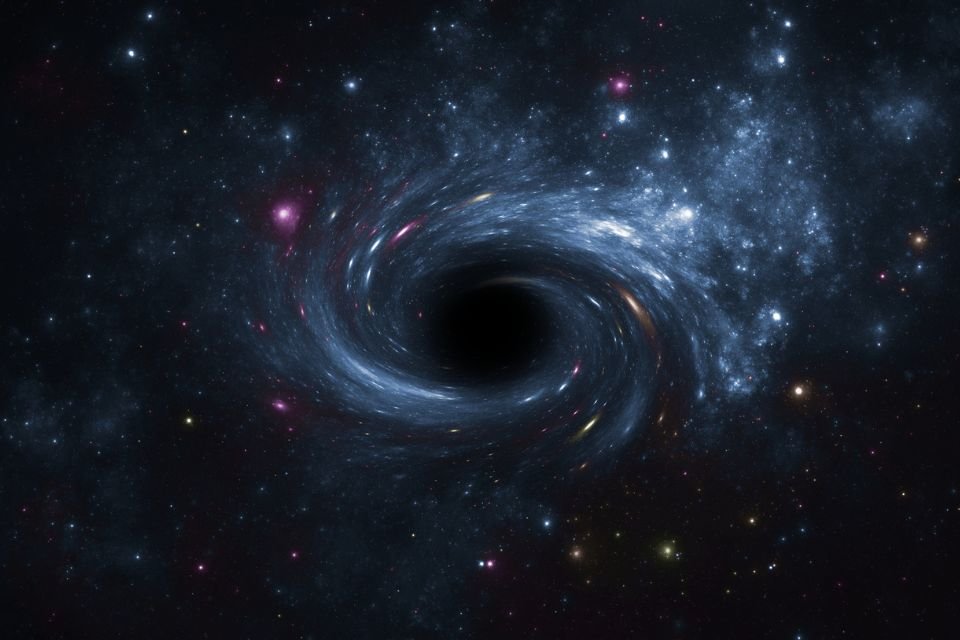A new paper published in the journal Monthly Notices of the Royal Astronomical Society points to the possibility that there may be more than one black hole near the Hyades star cluster.
But the researchers’ biggest discovery is that these so-called findings Could be the closest black holes to Earth It challenges the theory that the nearest black hole is Gaia BH1, located about 1,600 light-years from our planet.
The study was carried out in international partnership between the University of Padua, the Catalan Institute for Research and Advanced Studies of the Institute of Cosmosciences (ICREA), the University of Barcelona (ICCUB) and the Institute for Space Research of Catalonia (IEEC). ).
From simulations tracking the movement and evolution of stars in the Hyades cluster, scientists noticed data indicating the presence of two or three black holes in the region. Pseudo-black holes compared to Gaia BH1 It is located approximately 150 light-years from Earth; So they may be the closest ones to our planet.
“Our simulations will only be able to simultaneously match the mass and size of the Hyads if some black holes are present today (or until recently) at the center of the cluster,” said study lead author Stefano Torniamenti, a postdoctoral researcher at the university. Padua, Italy.
Black holes closest to Earth
In an official statement, the researchers explained that they used the simulations to compare them with real data from stars in the Hyades. Results measuring the positions and velocities of stars collected by the European Space Agency’s (ESA) Gaia satellite show that: Multiple black holes born in the region are within or very close to the star cluster.
It is important to emphasize that the research is still theory; Therefore, scientists plan to conduct further studies on the subject to confirm whether there are indeed black holes in the area. In any case, despite the proximity, there is no risk of human civilization and the Earth being ‘pulled in’ by black holes.
“This observation helps us understand how the presence of black holes affects the evolution of star clusters and how star clusters contribute to gravitational wave sources. These results also give us insight into how these mysterious objects are distributed in the galaxy,” said one of the study’s authors, from Barcelona, Spain. Mark Gieles, member of the University’s Department of Quantum Physics and Astrophysics.
Did you like the content? Stay up to date with all astronomy discoveries at TecMundo. If you wish, take the opportunity to learn about Oppenheimer’s role in the study of black holes.
Source: Tec Mundo
I’m Blaine Morgan, an experienced journalist and writer with over 8 years of experience in the tech industry. My expertise lies in writing about technology news and trends, covering everything from cutting-edge gadgets to emerging software developments. I’ve written for several leading publications including Gadget Onus where I am an author.













